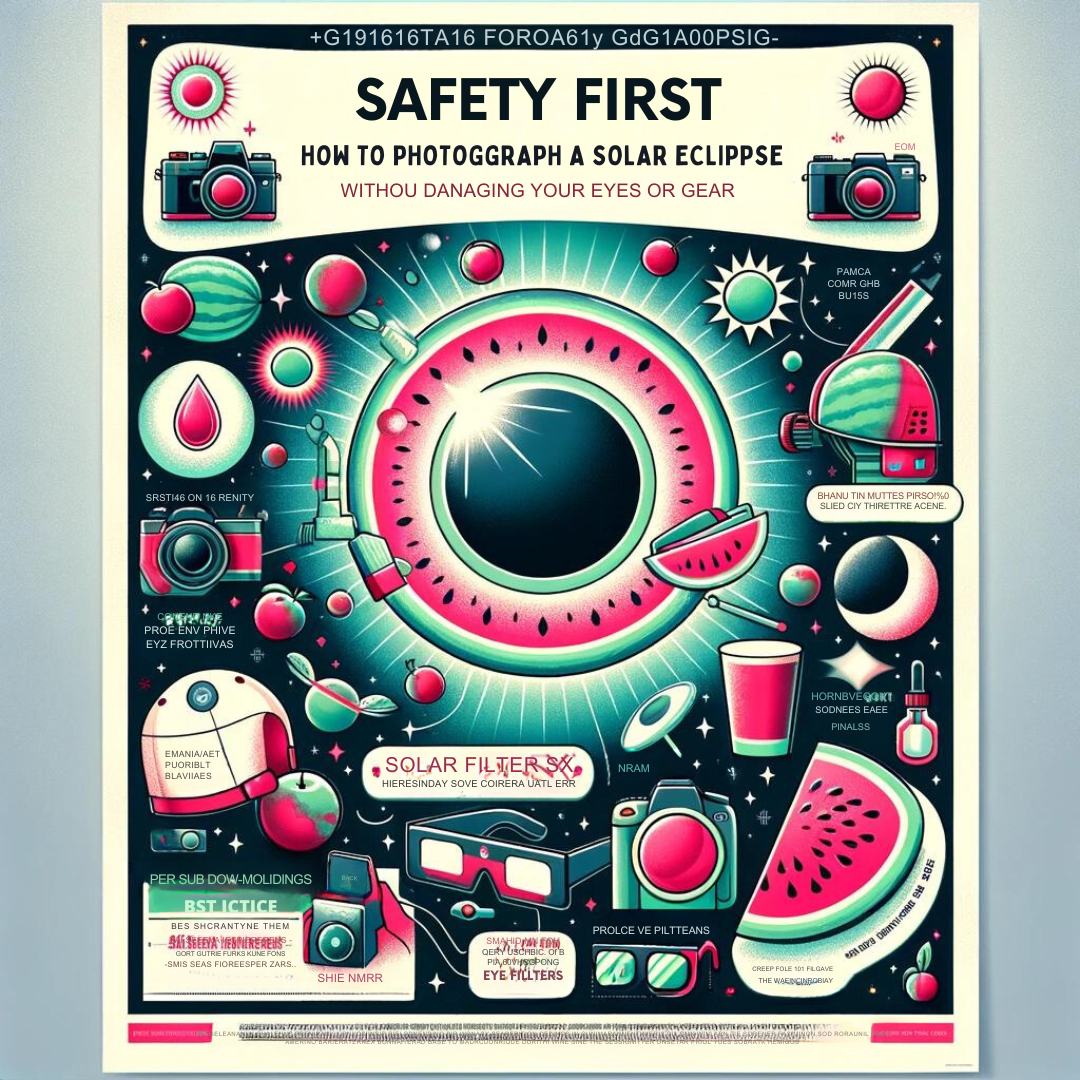
With all the hype surrounding the solar eclipse, many photographers might be wondering how they can get the perfect shot of this rare celestial event. However, it’s essential to remember that photographing a solar eclipse is not without risk. It’s important to take precautions to ensure that both your eyes and your photography gear are safe during the event. Keep reading to learn more about what you need to do to photograph a solar eclipse safely.
Use a Solar Filter
The most essential safety precaution when photographing a solar eclipse is to use a solar filter. A solar filter is a specially designed filter that can protect your eyes and camera from the harmful effect of the sun’s UV rays. Make sure that your solar filter is of high quality, and is designed to block out at least 99 percent of the UV rays from the sun. This will ensure that you get the best possible photographs without putting your eyes or your gear at risk.
Don’t Look Directly at the Sun
Even if you are using a solar filter, it’s essential to remember not to look directly at the sun when photographing a solar eclipse. Looking directly at the sun can cause damage to your eyes, and can also cause damage to your camera’s sensor. Make sure that you take the necessary precautions to prevent looking directly at the sun. This can be as simple as using a viewfinder or a live view mode on your camera to compose your shot, and setting your camera to a higher ISO setting.
Take the Right Precautions Before the Event
Before you start taking photographs of the solar eclipse, make sure that you have the right equipment in place. Make sure that your camera is properly set up and in an appropriate location. Make sure that you have sufficient battery power and memory card space to capture the entire event. You might also want to consider bringing a tripod and a remote shutter release so that you can capture the best possible photographs.
Know When to Stop
Remember, you can’t capture the entire solar eclipse event without damaging your gear. Try to capture as much of the event as possible, but make sure you know when to stop. Once the sun starts to come out from behind the moon, stop taking photographs and remove your solar filter. Make sure that your camera is properly stored away in a cool, dry location. You don’t want to risk overheating your camera.
Conclusion
Photographing a solar eclipse can be an exciting and rewarding experience, but it’s essential to remember that safety should always come first. Make sure you take the necessary precautions to protect your eyes and your gear. Use a high-quality solar filter to protect your eyes from UV rays, and always remember not to look directly at the sun while taking photographs. Have all the necessary equipment in place and know when to stop taking photographs. Following these tips will help you capture the perfect photo of the solar eclipse without putting yourself or your gear at risk.
